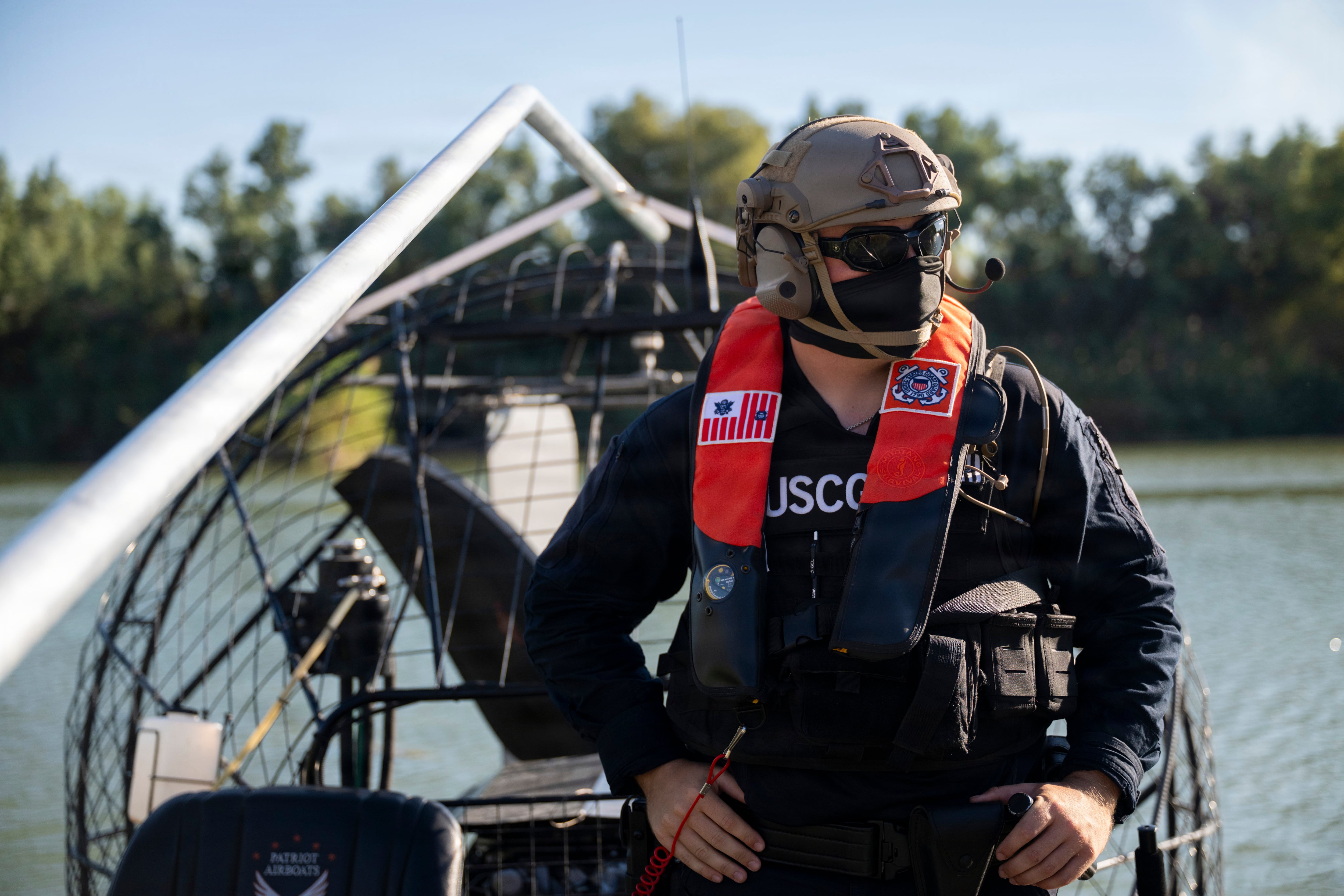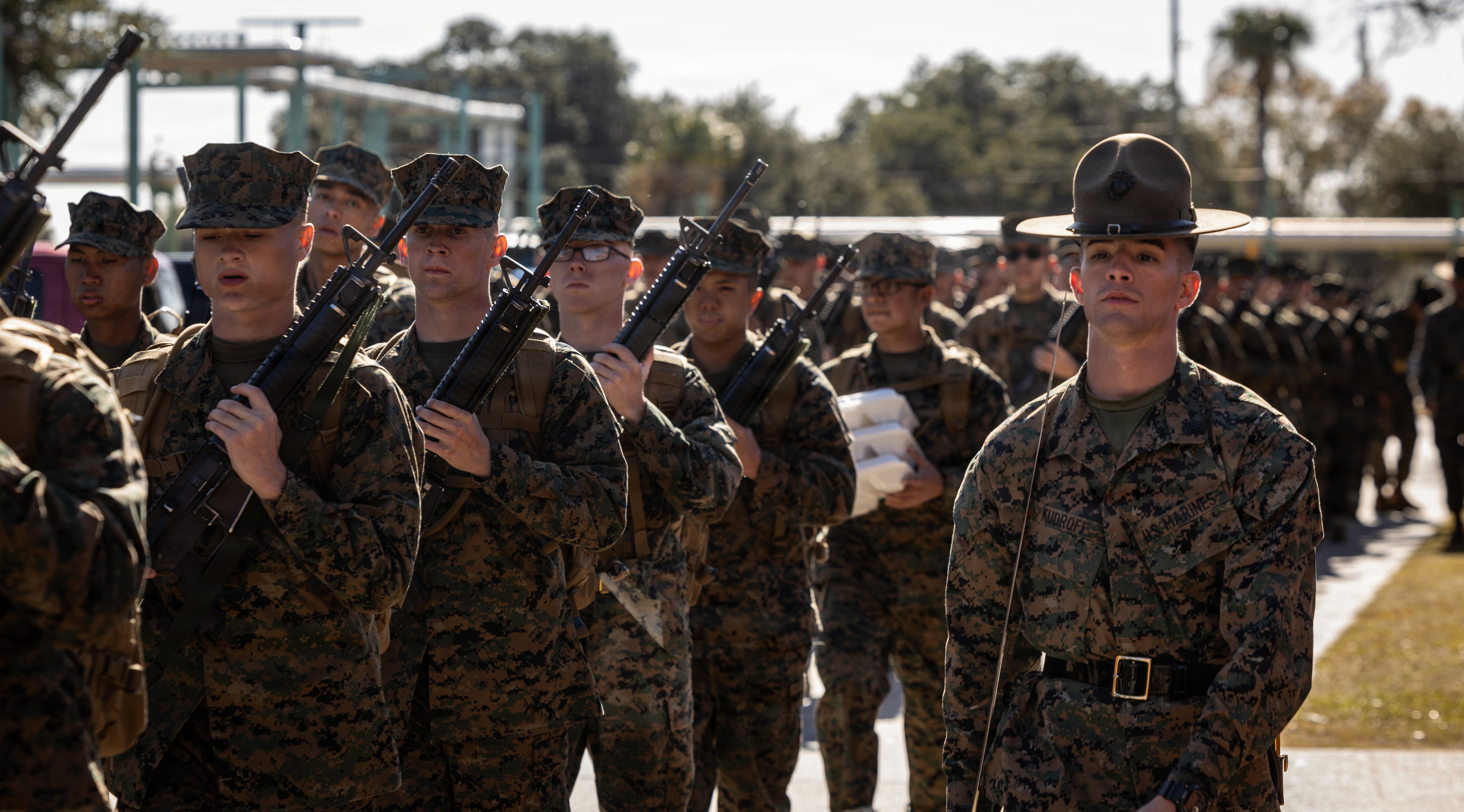President Trump has picked his Navy secretary, and this time it's likely going to stick. That means the herculean task of fulfilling Trump's promise of building a 350-ship Navy will finally have someone's shoulders to rest upon.
Richard Spencer, a former Marine pilot and career investment banker, is Trump's second nominee. The first, Philip Bilden, was withdrawn because Bilden said he was unable to arrange his financial assets in a way that would comply with government requirements.
Spencer already went through the process of untangling a career in finance before the formal nomination, meaning he'll probably sail through the confirmation process. But now he's going to be on the hot seat to fulfill Trump's promises, with plenty of headwinds both internally and on the Hill.
Budget experts who have looked carefully at the financial trajectory set out by the Trump administration — Trump has also pledged to balance the federal budget in 10 years — say the promised buildup is increasingly unlikely, even though the Navy has said it needs 355 ships to fulfill its requirements. Moreover, Defense Secretary James Mattis has made it clear that he is prioritizing readiness over major expansions of the services, including the Navy.
Spencer will be pressed from all sides to try and balance keeping the president's campaign promise of a buildup while helping the Office of the Secretary of Defense ensure force readiness for major combat operations in the near term. That balance between being ready to "fight tonight" and building a fleet for the future soured the relationship between the Navy and the defense secretary during the Obama administration, when Navy Secretary Ray Mabus was openly defying Defense Secretary Ash Carter's orders to cut shipbuilding and spend on capabilities.
The current fleet includes 277 ships. Adding over 75 more to the inventory doesn't appear feasible, according to budget experts who say the messages coming from Trump’s budget don’t offer much hope.
"It’s going to be hard to get on a trajectory to a 350-ship plus Navy, which was the explicit campaign promise and what the Navy says it needs to fulfill its operational commitments," said Todd Harrison, a budget analyst with the Center for Strategic and International Studies.
The budget blue prints the White House released include a goal of balancing the budget in 10 years, and that creates difficult choices for the services, Harrison said.
"You could get to 350 ships but you’d have to rob a lot of money from the other services to do it," Harrison said. "The other option is to make even deeper cuts to the non-defense programs, and there is virtually no chance Congress would cut non-defense programs even as much as already proposed.
"I think the projections were overly optimistic," Harrison said.
Readiness or ships?
What complicates the matter even further is that the 2018 budget request the Pentagon unveiled in May did not make expansion of the fleet a priority.
Navy leaders have been outspoken about the need to stop a cycle of robbing readiness to pay off other things in the budget.
Under Mabus, the Navy made a policy of directing money away from operations and maintenance to continue funding shipbuilding, an effort to arrest the precipitous decline of the fleet’s size, which has dropped substantially since numbering more than 500 ships at the end of the Cold War. Those decisions, however, became increasingly detrimental over the years, as across-the-board budget cuts in 2013 began eating into the available money the Navy had to train its sailors and maintain its equipment.
In 2016, the Navy shorted its operations and maintenance budget by nearly a billion dollars, postponing much-needed maintenance for a number of ships. In January, the Navy’s number two officer said those decisions were "insidious."
"This long war we’re in and emerging or re-emerging threats have raised the stakes and kept us on the field longer than our bullpen is able to stay healthy," Adm. Bill Moran, vice chief of naval operations said. "Deferred maintenance is insidiously taking its toll on the long-term readiness of our fleet."
Harrison said it’s clear where Mattis is focused most, and that likely that stems from his experience as the head of U.S. Central Command.
"Mattis is focused on near-term readiness and the potential conflicts in the two or three or four years, and that’s from his time as a Combatant Commander," he said. "That’s what COCOMs do, they ask, ‘What do I have to deal with on my watch?’"
But simply readying the force isn’t what Trump's ticket ran on. Advocates of a larger fleet have been banging the drum to hold Trump to his word since he took office.
Spencer should resist the pressure to focus too heavily on readiness in the near term at the expense of a larger, more powerful fleet in the long run, said Bryan McGrath, a retired destroyer skipper and defense consultant with the Ferrybridge Group
"[Spencer] should remember who he serves: He is the president’s man," McGrath said. "The president campaigned on building a larger Navy and his job is to build that larger Navy…Trump did not get elected saying he wanted to fill readiness holes, those were Secretary Mattis’ priorities. And so far the Pentagon is off to a slow start in building a larger Navy."
David B. Larter was the naval warfare reporter for Defense News.





